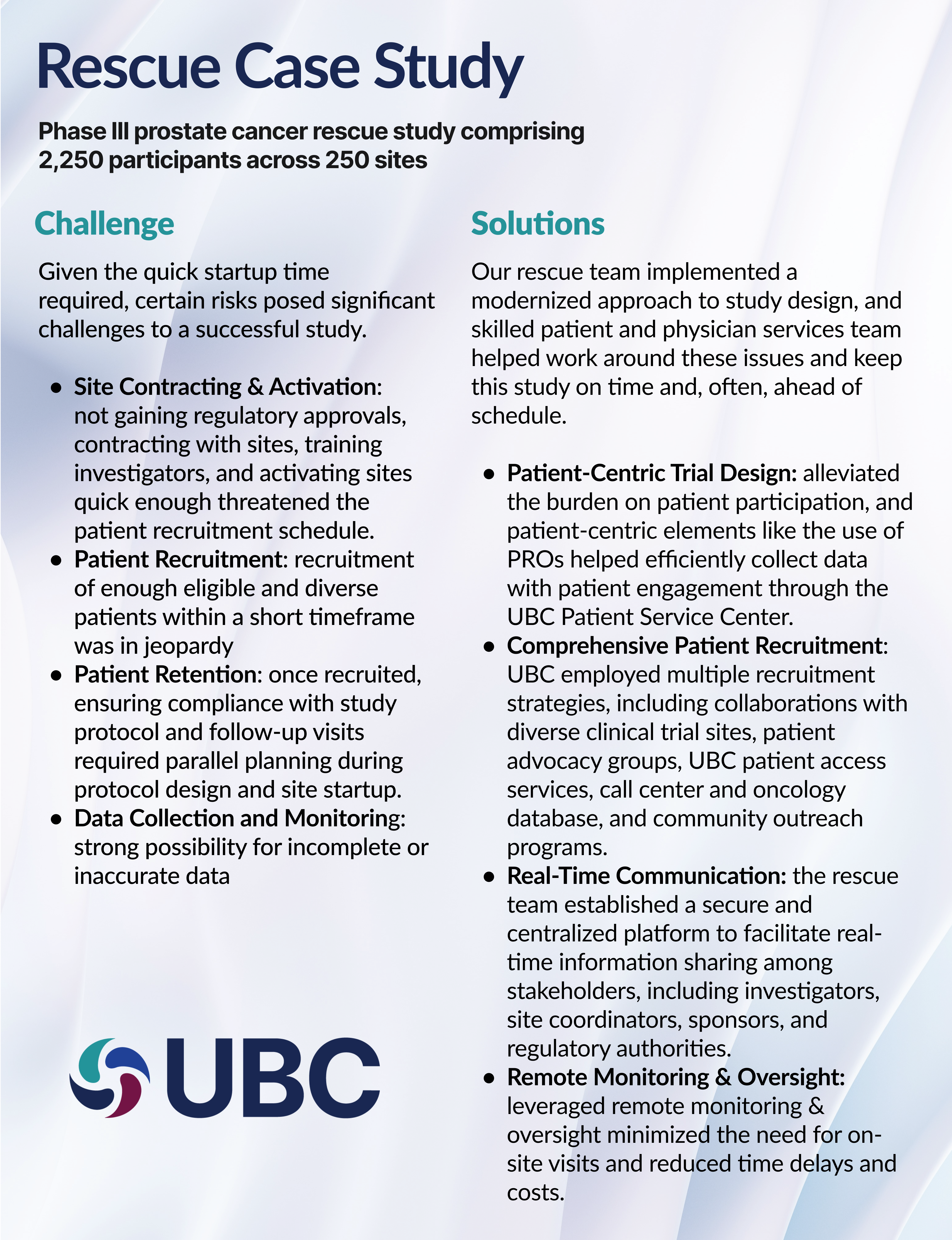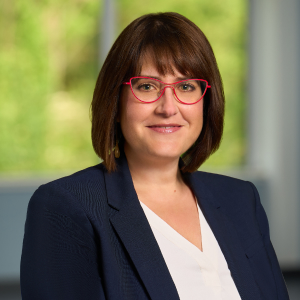We all know the stats by now: over 80% of clinical trials fail to meet their projected timelines globally, and despite comprehensive efforts across the industry, that trend does not seem to be improving. It’s a worrying, costly statistic, that drives down revenue and delays critical drugs finding their way to patients.
In concert with that statistic, however, is the growing trend of rescue studies. The two are invariably intertwined—disappointed sponsors look to tighten timelines when studies just can’t get off the ground, which often means switching their service partners. Data is relatively scarce on specifics—as what determines a “rescue study” differs from company to company. Global Data’s statistics for 2018 cites about 20% of trials that year being rescued, but there is no current standard for measurement, and no public up-to-date statistics. Either way, rescues are here to stay.
Lagging enrollment is just part of the struggle for sponsors, and likely an easy scapegoat for a far more complex problem. In fact, in many cases, sponsors are looking for rescues due to factors dragging down or putting their trials at risk that have nothing to do with enrollment.
Lagging enrollment is just part of the struggle for sponsors, and likely an easy scapegoat for a far more complex problem.
Rahul Malhotra, Project Director, Evidence Development Solutions at UBC, has observed a surprising shift. “You’re seeing studies now with all sites activated and patients enrolling, but dissatisfaction and distrust on the sponsor side. Sometimes it’s due to having too many vendors in the mix; other times it’s a data quality issue. And often, it’s full-scale lack of communication and coordination.”
Rahul further explains that some sponsors may feel as if they can’t afford to rescue, given the perceived financial costs in developing such a transition. Adding another vendor into the mix is overwhelming, especially later in the game, because it doesn’t just mean resetting the clock on an already delayed or at-risk program, but investing in a transition and rebuilding trust without data loss or change in momentum.
However, in some cases, it’s too risky and too expensive to remain in the same partnership, so sponsors gravitate toward solutions providers who can be flexible and strategic, experienced in the nuanced shift and lift needed to transition successfully.
Although there are dozens of technical aspects of this handover, one thing that most often is overlooked—and hardest to maintain—is communication. Though the word has become more of a corporate buzzword these days, in rescue studies there is no room for compromise. New team staff must maintain consistent, clear, and direct communication during handoff, and sponsors need access and transparency throughout.
“Full program management requires a seamless experience, and communication is at the heart of that,” Rahul says. “It’s about partnering with a team who can pre-emptively anticipate what needs to happen, make those changes, and keep the program moving, so sponsors can get back to focusing on what matters”.

These solutions allowed timely approval from regulatory authorities and study start-up. Our rescue team achieved a first site initiation visit only three months after CRO handover, and the first subject identified was dosed one month later.
Patient screening and enrollment was four months ahead of schedule in the first year. The six-month goal of screened patients was 41, and the trial was able to screen over 200 patients during that time. The trial’s focus on diverse recruitment led to a more comprehensive understanding of the treatment’s potential benefits and risks across various populations.
Comprehensive trial design and planning resulted in zero inclusion/exclusion protocol amendments. This was a key factor in minimizing disruptions to trial progress, proving study and data integrity to patients and investigators, and allowing enrollment to stay ahead of schedule.
Implementation of modernized study design kept the rescue in lock step with established startup, recruitment, treatment, and follow-up timelines. At the time of publication, the trial was trending for an early completion, which reduces costs without compromising research effectiveness and integrity.
About UBC
United BioSource LLC (UBC) is the leading provider of evidence development solutions with expertise in uniting evidence and access. UBC helps biopharma mitigate risk, address product hurdles, and demonstrate safety, efficacy, and value under real-world conditions. UBC leads the market in providing integrated, comprehensive clinical, safety, and commercialization services and is uniquely positioned to seamlessly integrate best-in-class services throughout the lifecycle of a product.

About the Author
JB Flinders, Executive Director, Strategic Client Engagement
With over 16 years of clinical and academic research experience, JB Flinders has an extensive track record of driving successful operational, feasibility, and analytic strategy across the full scope of therapeutic areas and trials including multiple rescue studies.

Rahul Malhotra, Project Director, Global Project Delivery
Rahul Malhotra is an experienced clinical research Director with more than 17 years in global project delivery. He is recognized for his strategic oversight, strong client partnerships, and successful delivery of studies Globally, spanning Real-World Evidence and interventional research across a wide range of therapeutic areas.

Natania Barron, Sr. Director, Marketing
Natania Barron is a life sciences marketing professional with over 20 years of experience. Her passion is storytelling at the intersection of data and narrative.







